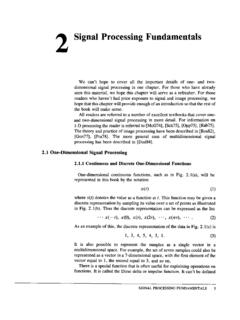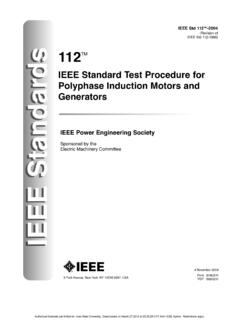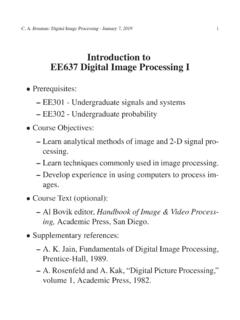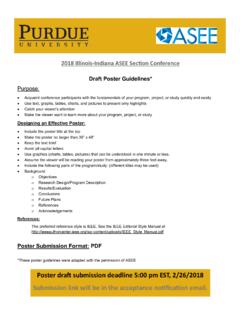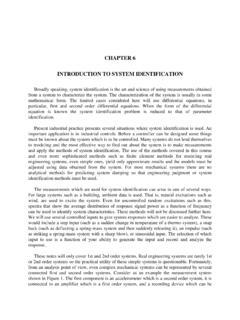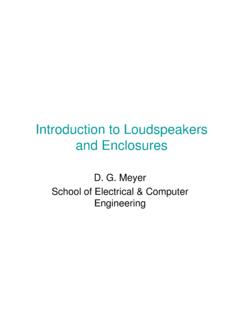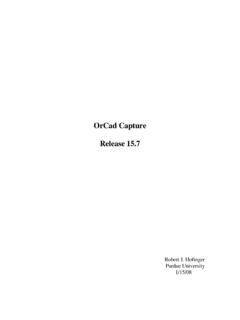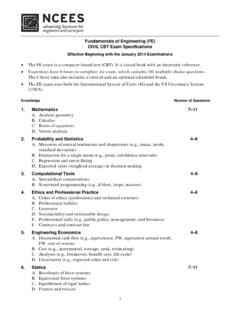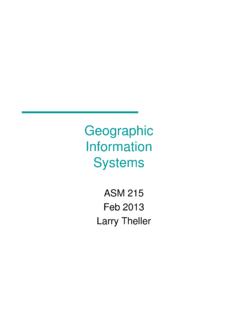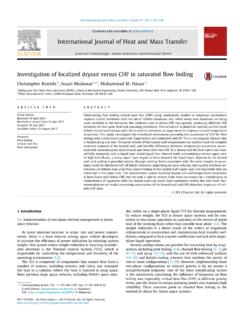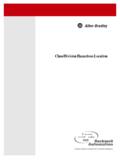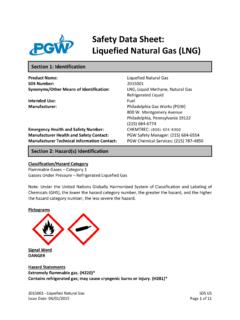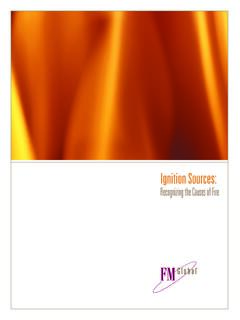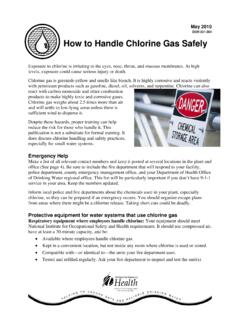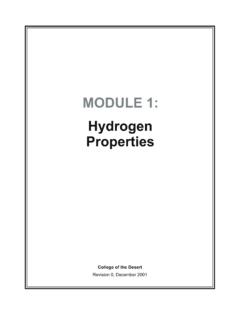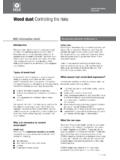Transcription of Lithium Ion Battery Thermal Runaway
1 Lithium Ion Battery Thermal Runaway Battery is a Chemical Plant Energy Stored as Chemical Reaction Potential Chemical Reaction to Charge Chemical Reaction to Discharge Tesla Model S 7,104 cells in 16 series wired modules . 1,200 lbs 85kW/h Power Storage Facility . Patented 1976 Exxon Researcher 2mW/h 28,235 lbs? Stanley Whittingham 2019 % flammable Liquids? Nobel Laureate Lithium Ion Battery Facility Explosion Arizona Public Service (APS). Surprise, AZ, outside Phoenix, April 19th, 2019. Store Solar Power Generated During Day for Discharge at Night Firefighters called in to fight fire in facility Upon entering facility, explosion which sent four first responders to hospital Third similar event within company since 2012.
2 Fire Marshals now requiring use of gas detection 2 Megawatt-Hour General Battery Operation Components Anode (Graphite and Binder). Cathode - LiCoO2. Electrolyte Organic Solvent LiPF6. Separator PP, PP/PE Blend Current Collectors Copper (Anode). Aluminum (Cathode). Cell Enclosures Single Cell Hard Case Pouches Collections Cell Module Pack Failure Modes Thermal Runaway Self Accelerating Decomposition Temperature (SADT) C. No Return Temperature (TNR) 75 C. External Fire Short Circuit Through separator Internal due to component failure External Puncture Pinhole failure of separator Thermal Runaway Stages and Effect of Thermal Runaway Energy discharge.
3 Heating Electrolyte cracking . First gassing phase Separator and Anode decomposition . second gassing phase Ignition flash fire or vapor cloud explosion Stage 1 Energy Discharge - Heating Energy in Battery is Suddenly Discharged Generally the result of a short circuit Stored energy mostly converted to intense heat No gas expansion typical of hydrocarbon combustion at this stage Stage 2 Electrolyte Cracking / Gassing High temperature causes flashing/cracking of electrolyte LiPF6 and Organic Solvent (Ethylene Carbonate).
4 Decompose Products H2. CO. CO2. CH4. C2H4. HF. Stage 3 Separator and Anode Cracking / Gassing High temperature causes flashing/cracking of anode and separator Graphite, Binder, PE/PP Film Incomplete cracking decomposition, gas discharge becomes smoky Stage 4 Ignition and Combustion Loss of momentum and air entrainment result in ignition Generally above auto- ignition If insufficient air is present, flammables will accumulate . potential for explosion Entire Battery (capable of combusting Recommendations for Safeguarding PHA.)
5 Study types HAZOP. FMEA. Guide Words / Failure Modes Implement Safeguards Pressure Relief SIS. FGS. External Fire Knock-On Gas Detection Conclusions Li Ion batteries in large quantities inside fixed facilities pose significant facility risk Hazards of Li Ion Battery usage should be formally assessed Appropriate safeguards should be included in the facility desig
